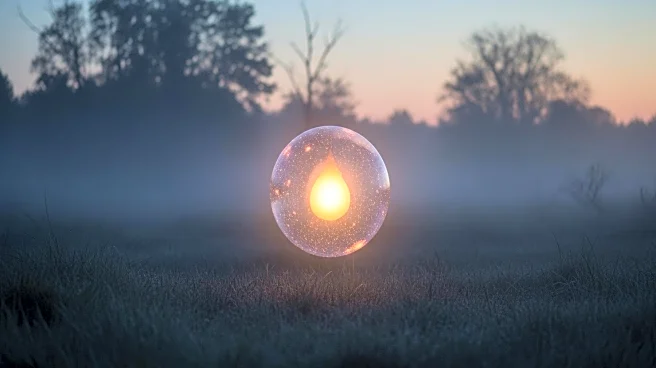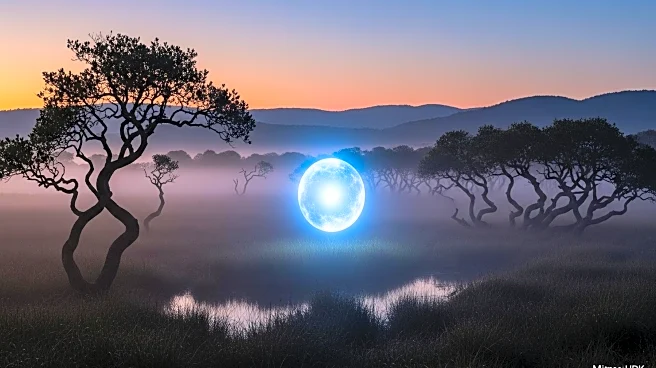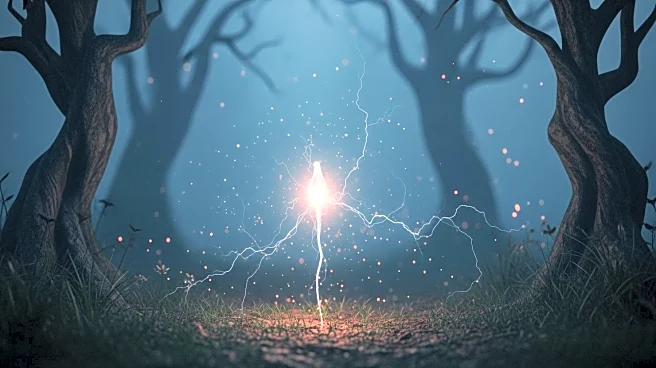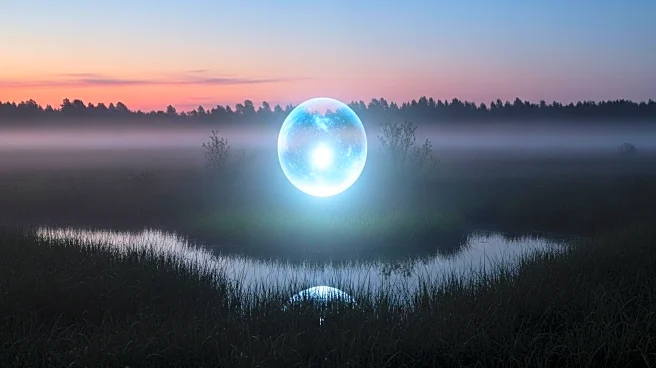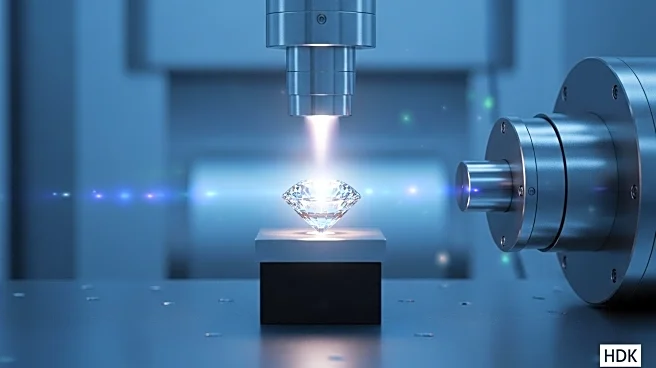What's Happening?
Researchers have demystified the will-o’-the-wisps, a phenomenon historically attributed to supernatural causes. According to a study published in the Proceedings of the National Academy of Sciences, these eerie blue flames seen over marshes are caused by tiny lightning sparks, or 'microlightning,' igniting methane gas. The study, led by chemist Richard Zare from Stanford University, explains that electrically charged water droplets in marshes create small electric fields, leading to sparks that ignite the methane, producing the ghostly flames.
Why It's Important?
This discovery provides a scientific basis for a phenomenon that has puzzled and intrigued people for centuries, often leading to myths and folklore. Understanding the chemical reactions behind will-o’-the-wisps not only demystifies a natural occurrence but also highlights the complex interactions between natural elements like water and methane. This research could have broader implications for understanding chemical processes in other natural environments and potentially in the origins of life.
Beyond the Headlines
The study of microlightning and its ability to ignite methane could have implications beyond explaining will-o’-the-wisps. It suggests a mechanism by which chemical reactions can be initiated in natural settings, possibly contributing to the formation of biomolecules necessary for life. This insight could influence future research in fields such as astrobiology and the study of early Earth conditions.

